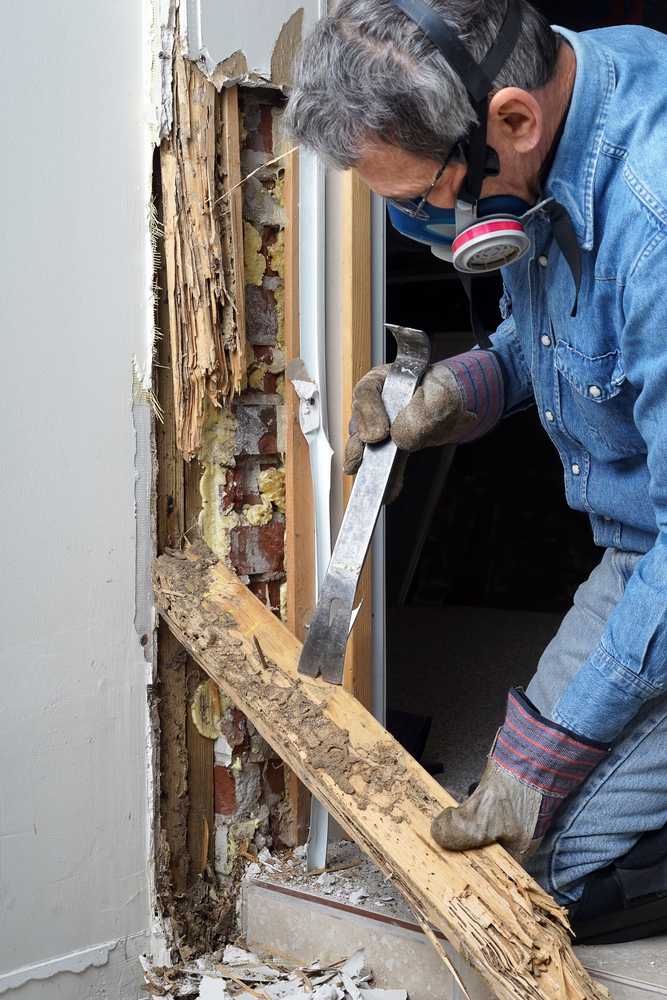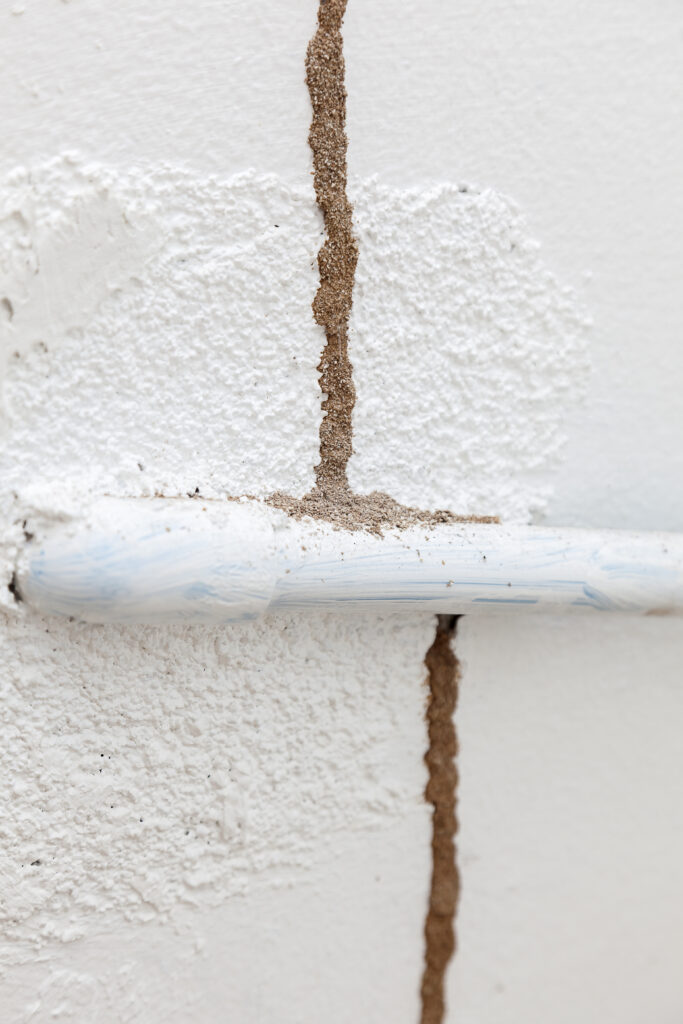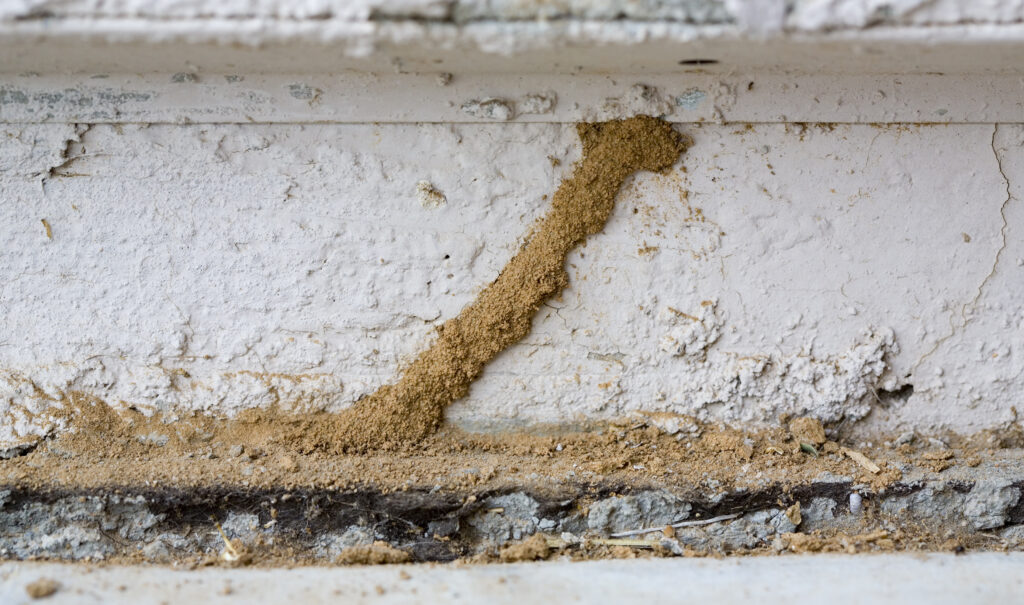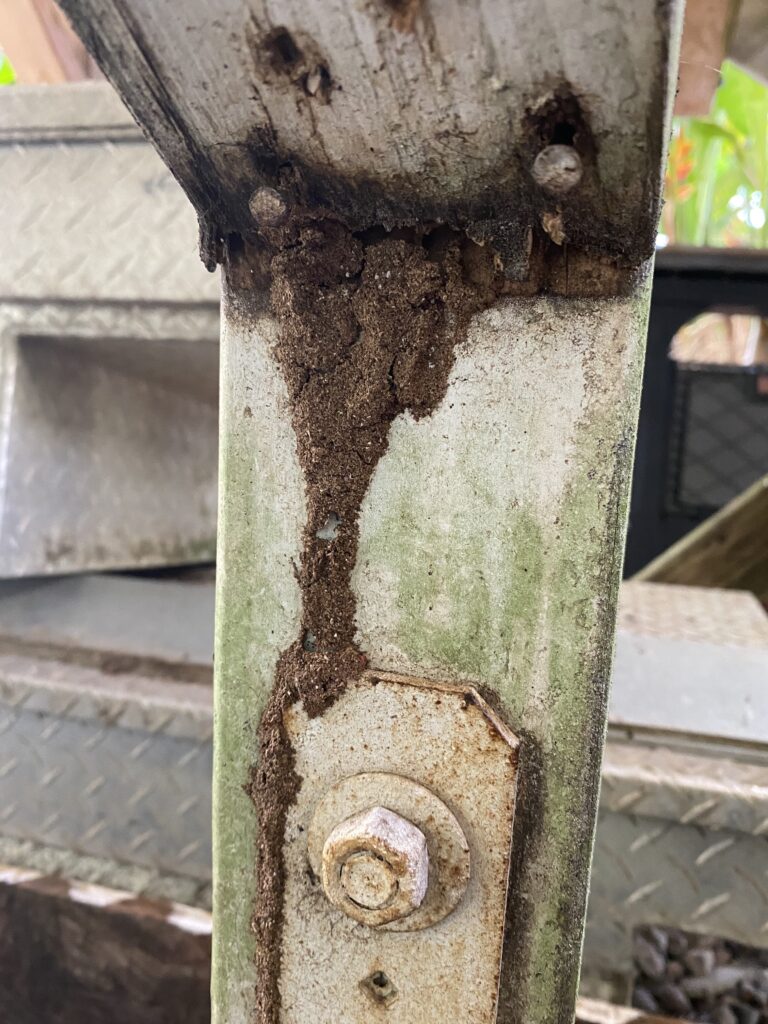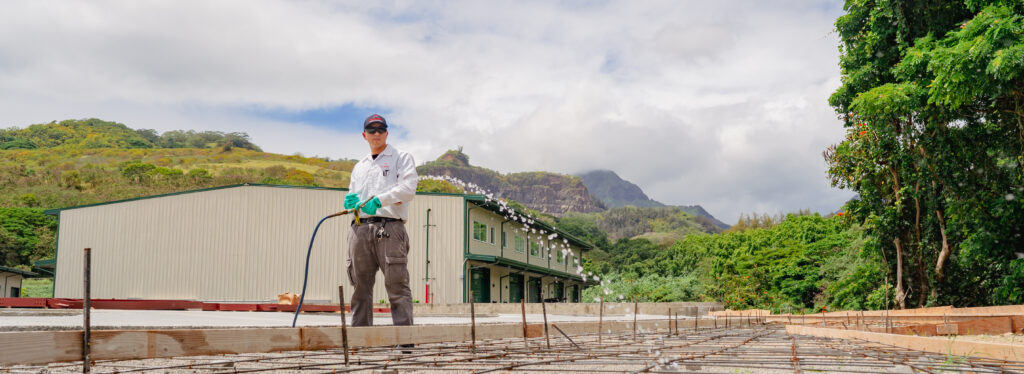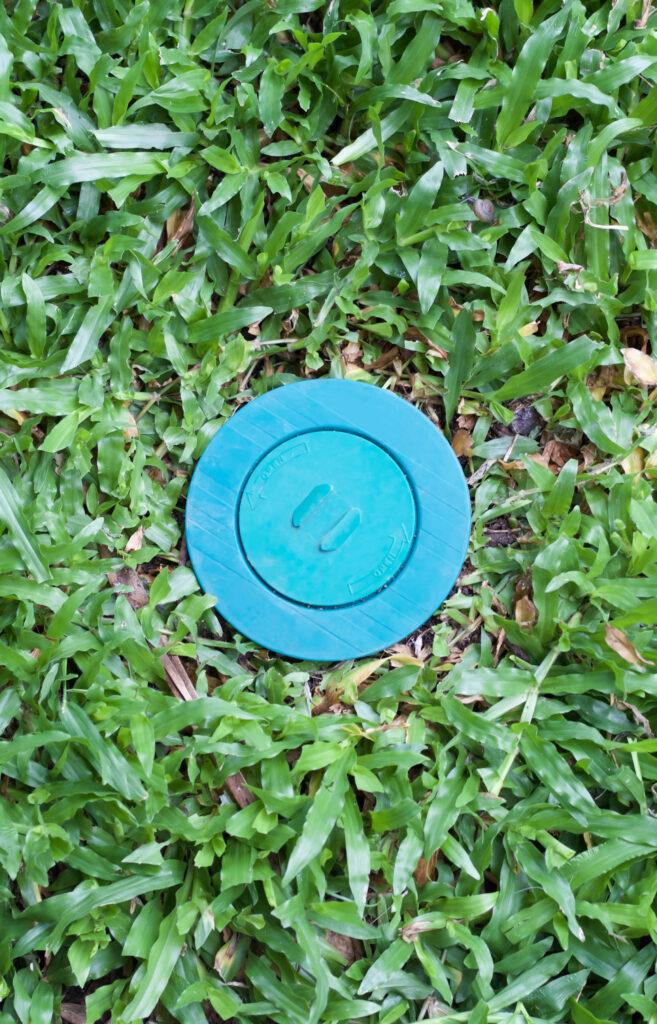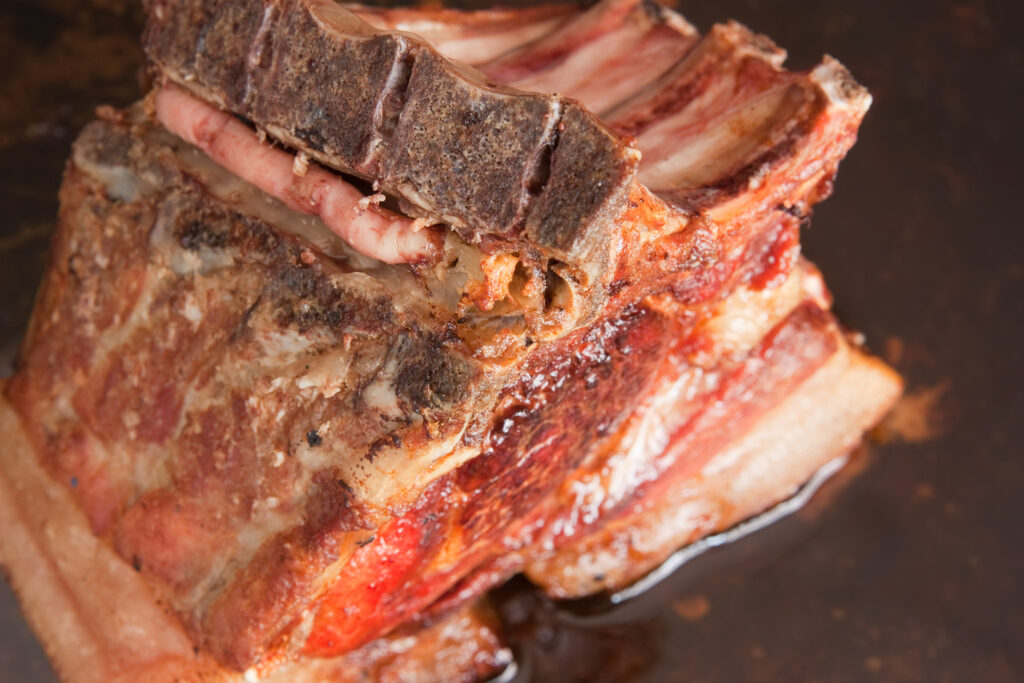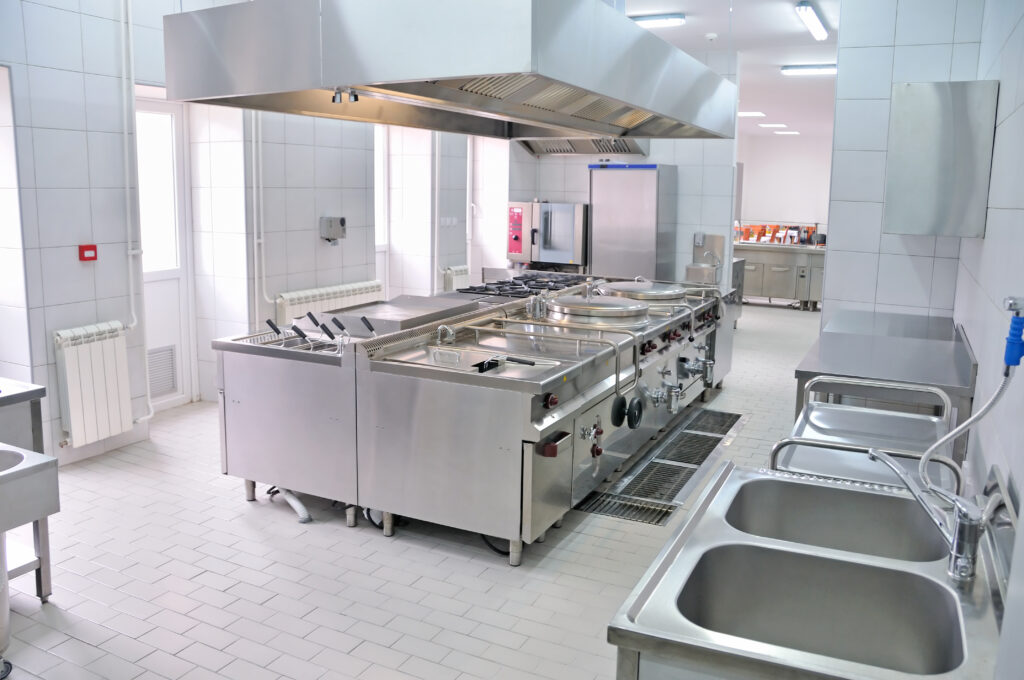Welcome to the Customer Portal!
First off, what is your Customer Portal?
Your customer portal is your electronic gateway, enabling you to see your services that you have set up with us, and access different information such as your billing information, invoices, subscriptions, and service agreements.
When you first log into your portal you will be taken to the Summary Page.
The summary page will show you a brief overview of the services that you have with us, showing you your responsible balance, your recent services, and the months you will be coming up due for service.
On the summary page there will also be quick access to leave a review for the technician that did your recent services.
The next tab is the History Tab.
The history tab will go over the previous services that we have done at your property.
Each service will have a drop down menu, which allows you to see all of the information of any past services. This includes the technician who did the service, the products used, the invoice number for each service, and the cost of each service.
The next tab is the Billing Tab.
This is another place where you can find the responsible balance on the account. The main purpose of the billing tab is to see if there is a current balance on the account, and if there is a current balance, you can take care of that there.
In the billing tab you can also keep track of past invoices and payments that you have made, since the start of the account.
Next up you will find a tab labeled Account.
This is where you can see your property details. You can also update your information such as your phone number , email, and account password.
Under the reminder preferences, you can let us know the best method to contact you, through text message, over the phone, or through email. Keeping all three on, allows us to contact you through all three methods.
Next I will take you to your Wallet.
This is where you can input your payment method that will stay on the account, making it easier for future invoices. And don’t worry, once you input your information, it won’t be visible to anyone else.
Under the File Tab, you can upload photos or documents that can be visible to the office , technician, or you.
Next up is the Product Page, similar to the files tab, products can be uploaded here if ever needed.
Additional Info:
Although kilaueapest.pestportals.com is the main link to access the customer portal, you can also log into the portal via any email sent from us. The link will be on the top right of the corner, and it expires after two weeks.
Our customer portal is very secure. Full payment information while save, aren’t visible once submitted. It goes through a secure tier-1 PCI complaint form.
Customers who have multiple properties with us can link their accounts to easily view more than one property information. The customer will have to be logged into the master account to see all of the accounts.
Please contact our office staff at 808-236-BUGS(2847) if you need help logging in or if you have any questions. Mahalo!
